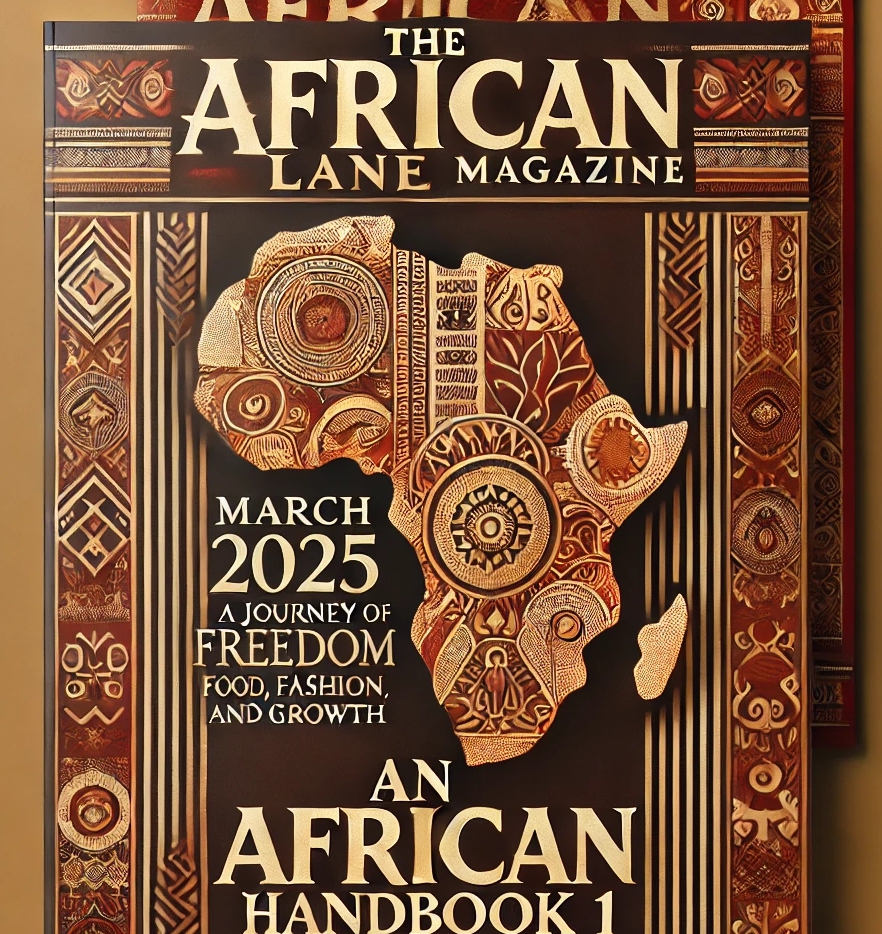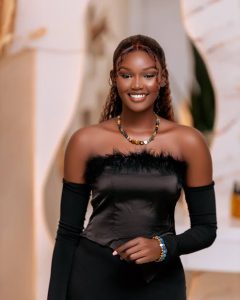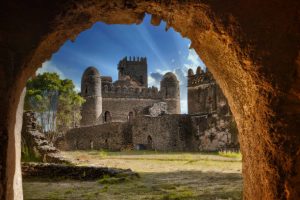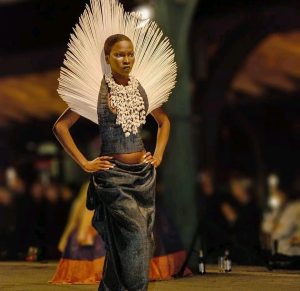Union of the Comoros the perfumed islands
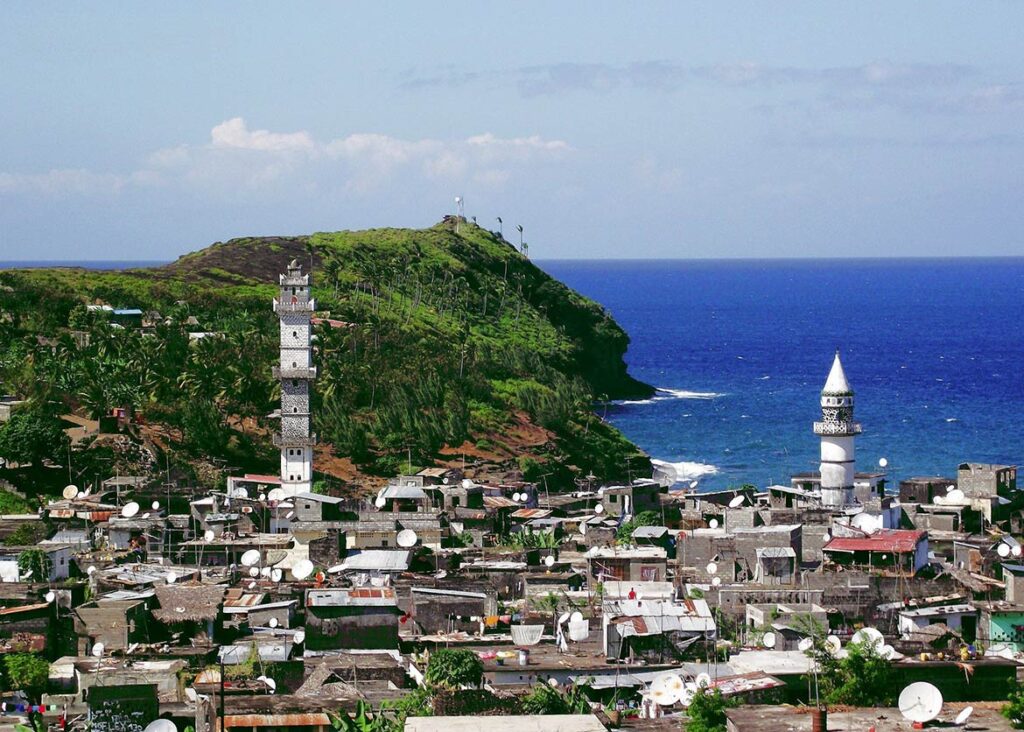
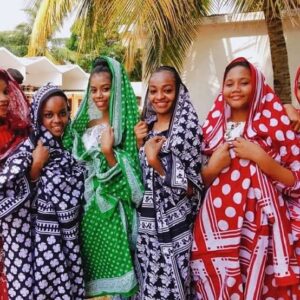
The islands emerged from the floor of the Indian Ocean as a result of volcanic activity. Coral reefs provide occasional barriers to the rolling seas of the Indian Ocean, and breakers mark some of the world’s best diving areas. Along the seashore, broad expanses of open sandy beaches are interrupted by isolated groups of coconut palms or mangrove trees. A few coastal areas are distinguished by the harsh dark tangle of recent lava flows, while others are covered by smoothly rounded rocks, eroded reminders of ancient volcanic activity.(Britannia)
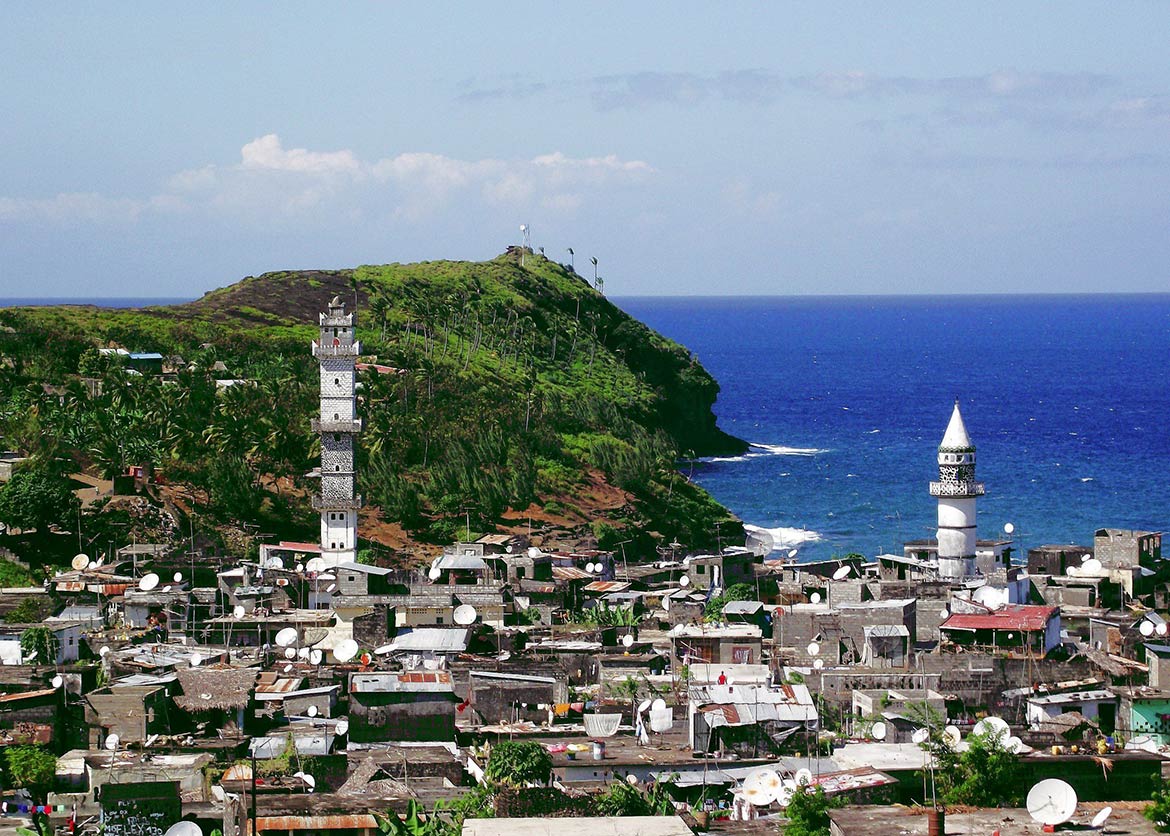
Union des Comores (French)
Udzima wa Komori (Comorian)
short form: Comores
int’l long form: Union of the Comoros
int’l short form: Comoros
Hist. name: Djazaïr Al Qamar (Islands of the Moon)ISO Country Code: km, comTime:
Local Time = UTC +3h
Actual Time: Mon-Dec-27 12:05Country Calling Code: +269Capital City: Moroni (pop. 60,000)Other Cities: Mutsamudu (pop. 20,000)
Fomboni, Mamoutzou.Government:
Type: Republic.
Independence: 6 July 1975 (from France, Mayotte remains under French administration).
Constitution: Adopted by referendum on 23 December 2001.
Geography:
Location: Southern east Africa, group of islands at the Mozambique Channel which separates Madagascar from the African continent.
Area: 2,171 km² (838 sq. mi.)
Major islands: Grande Comore, Anjouan, Mayotte (administered by France), and Moheli.
Terrain: Volcanic islands, interiors vary from steep mountains to low hills.
Highest point: Le Kartala (an active volcano; 2360 m)
Climate: Tropical marine.
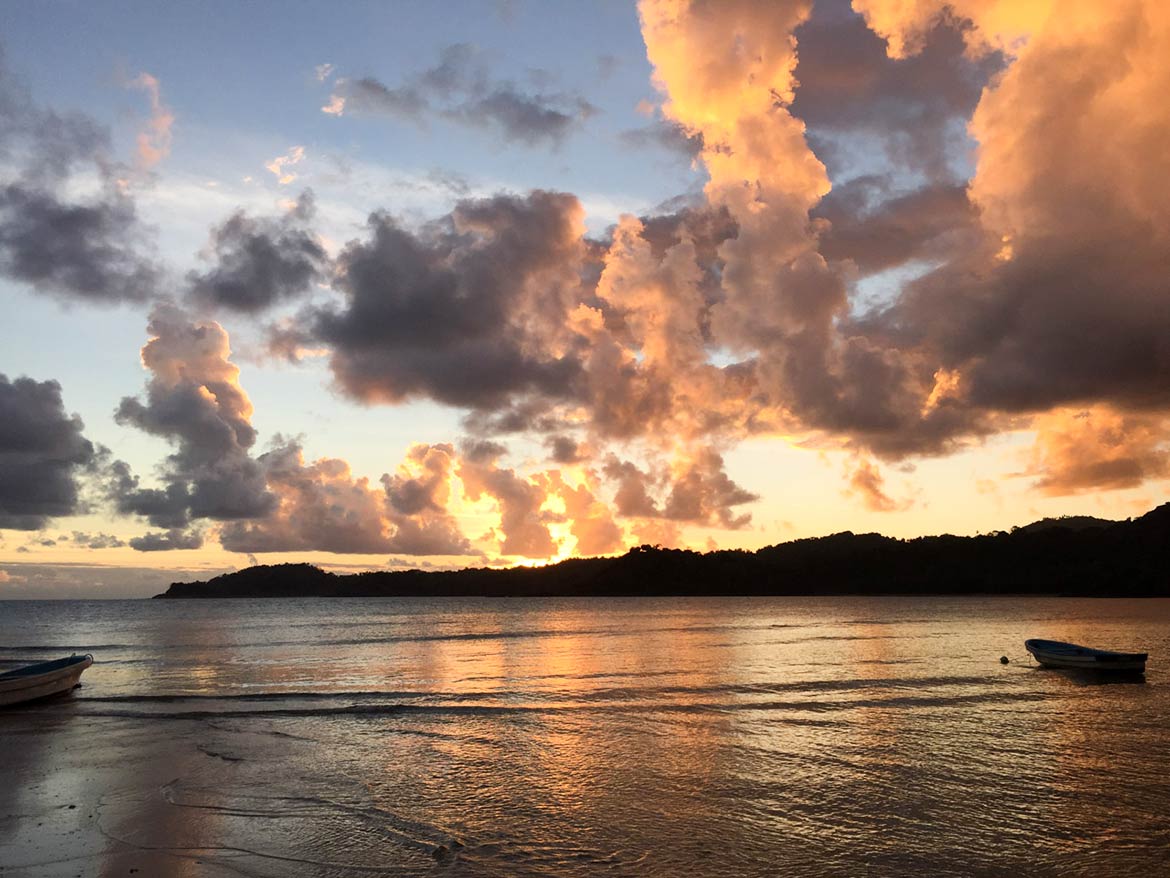
People:
Nationality: Comorian(s).
Population: 770,000 (2015)
Ethnic groups: Antalote, Cafre, Makoa, Oimatsaha, Sakalava.
Religions: Sunni Muslim 98%, Roman Catholic 2%.
Languages: Shikomor (Comorian, a Swahili-Arabic blend), Arabic, French, Swahili.
Literacy: 57%.
Natural resources: Few natural resources.
Agriculture products: Vanilla, ylang-ylang, jasmine, cassis, cloves, perfume essences, copra, coconuts, bananas, cassava (tapioca)
Industries: Tourism, perfume distillation.
Exports partners: India 28.7%, France 17%, Germany 8.7%, Saudi Arabia 7.1%, Singapore 6.6%, Netherlands 6.1%, Mauritius 5.3% (2015)
Imports partners: China 18.9%, Pakistan 16.2%, France 14.7%, UAE 11.3%, India 6.3% (2015)
Currency: Comoran Franc (KMF)



Marriage
There are two types of marriages in Comoros, the little marriage (known as Mna daho on Ngazidja) and the customary marriage (known as ada on Ngazidja, harusi on the other islands). The little marriage is a simple legal marriage. It is small, intimate, and inexpensive and the bride’s dowry is nominal.
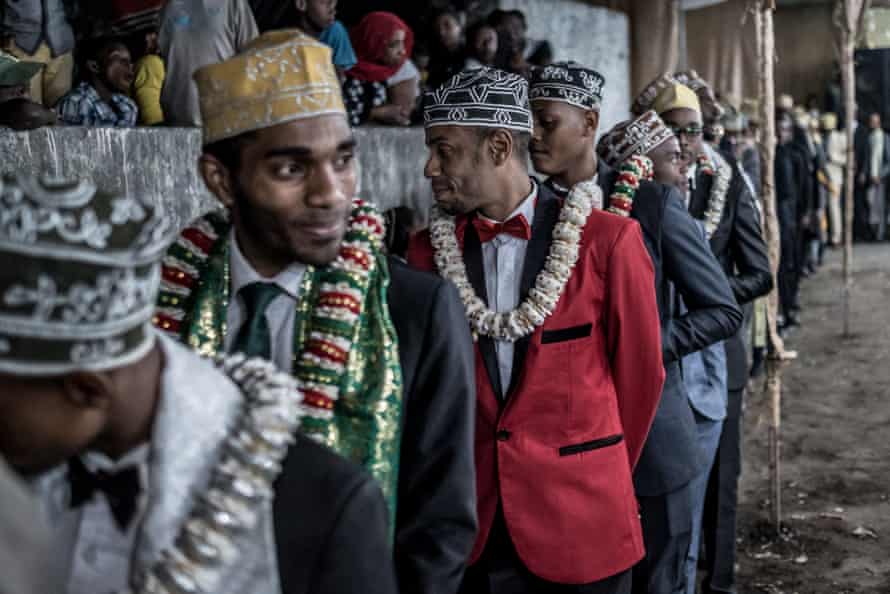
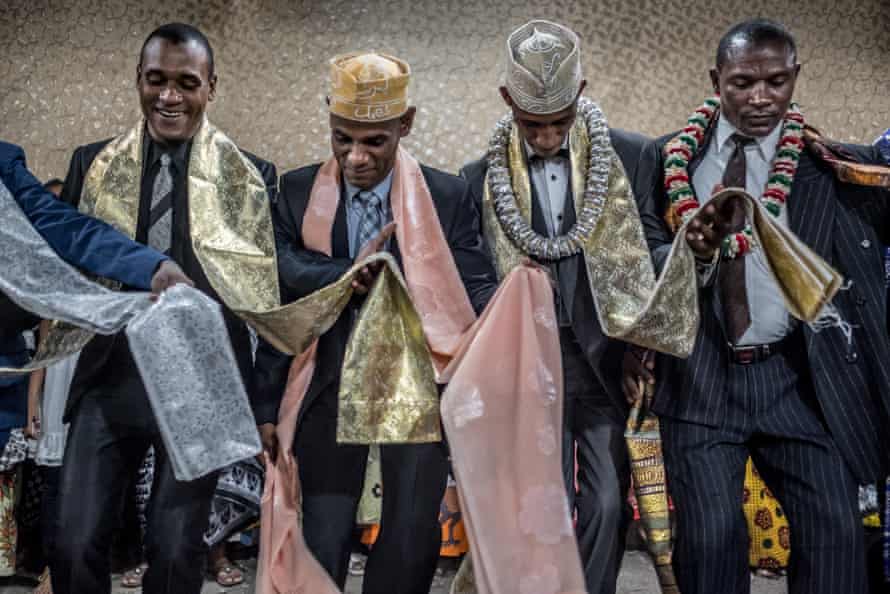
A man may undertake a number of Mna daho marriages in his lifetime, often at the same time, a woman fewer; but both men and women will usually only undertake one ada, or grand marriage, and this must generally be within the village. The hallmarks of the grand marriage are dazzling gold jewelry, two weeks of celebration and an enormous bridal dowry. Although the expenses are shared between both families as well as with a wider social circle, an ada wedding on Ngazidja can cost up to €50,000 (74,000 US dollars). Many couples take a lifetime to save for their ada, and it is not uncommon for a marriage to be attended by a couple’s adult children.


The ada marriage marks a man’s transition in the Ngazidja age system from youth to elder. His status in the social hierarchy greatly increases, and he will henceforth be entitled to speak in public and participate in the political process, both in his village and more widely across the island. He will be entitled to display his status by wearing a mharuma, a type of shawl, across his shoulders, and he can enter the mosque by the door reserved for elders, and sit at the front. A woman’s status also changes, although less formally, as she becomes a “mother” and moves into her own house. The system is less formalised on the other islands, but the marriage is nevertheless a significant and costly event across the archipelago.
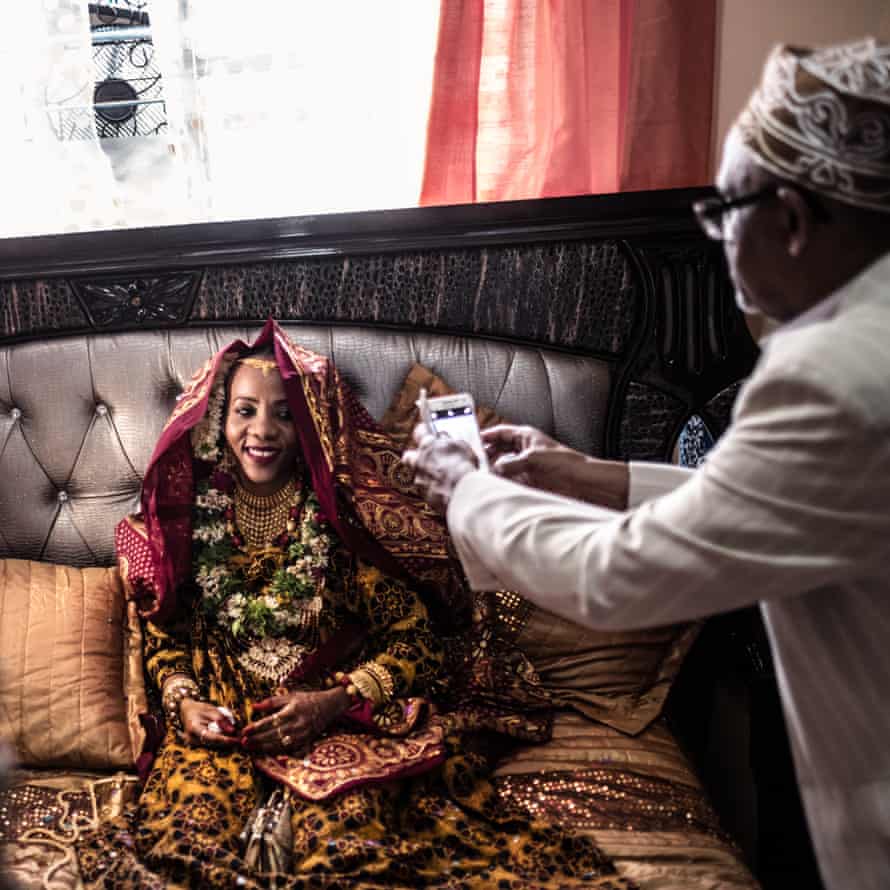

The ada is often criticized because of its great expense, but at the same time it is a source of social cohesion and the main reason why migrants in France and elsewhere continue to send money home. Increasingly, marriages are also being taxed for the purposes of village development.(for details on comoros marriage visit https://www.theguardian.com/world/2020/jan/17/bullfighting-dancing-and-spending-big-a-wedding-in-the-comoros-photo-essay)
Sources: Wikipedia, Britannia, theCrazytourist, theguardian.com, flickr
